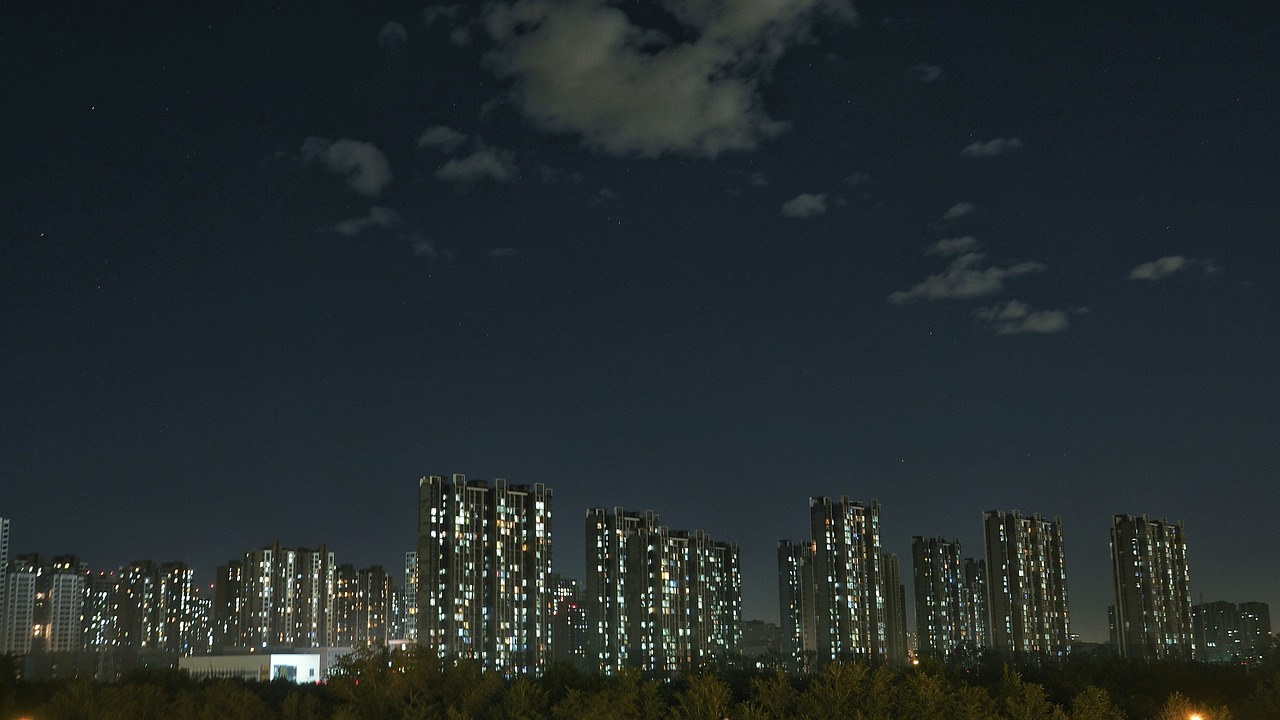Revamping Your Home’s Landscape Design
Having an inviting outdoor space can greatly enhance your overall living experience. One way to spruce up your outdoor area is by adding comfortable seating options, such as lounge chairs or a cozy outdoor sofa. This will encourage you and your guests to spend more time outside enjoying the fresh air.
Incorporating lighting elements, such as string lights or lanterns, can create a warm and inviting ambiance in the evenings. Lighting not only enhances the aesthetic appeal of your outdoor space but also improves its functionality by allowing you to use the space even after the sun goes down.
Assessing Your Current Landscape Layout
One vital aspect of optimizing your outdoor space is evaluating your current landscape layout. Begin by taking a thorough look at the existing features of your yard, such as trees, shrubs, flowerbeds, and existing hardscape structures like patios or pathways. Assess the overall balance and cohesion of your landscape design to determine if any areas require improvement or modification.
Next, consider the functional aspect of your outdoor space. Reflect on how you currently utilize different areas within your yard – for example, whether you have designated spots for dining, relaxation, or play. Assess the flow and accessibility of these zones to ensure they are conducive to your desired outdoor activities. Additionally, evaluate the privacy and screening elements in your landscape to create intimate and welcoming outdoor spaces.
Choosing the Right Plants for Your Climate
When selecting plants for your outdoor space, it is crucial to consider the climate in which you live. Different plants thrive in varying environmental conditions, so it’s essential to choose species that are well-suited to the specific weather patterns of your region. Researching the USDA Hardiness Zone for your area can help determine which plants are most likely to flourish in your climate.
In addition to considering the general climate of your region, it’s also important to take into account the microclimates within your own yard. Factors such as sunlight exposure, soil type, and moisture levels can all impact the success of your plants. By observing these microclimates and selecting plants that are compatible with these conditions, you can create a diverse and vibrant outdoor space that thrives year-round.





